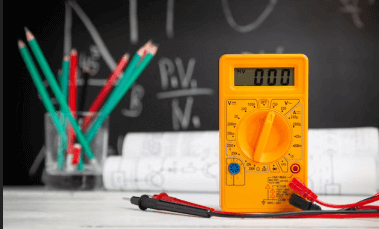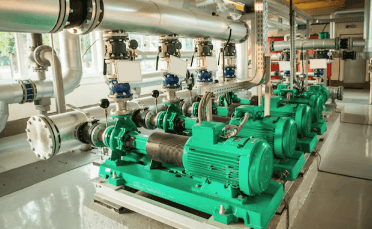Question
a.
no
b.
the least
c.
the largest
d.
lower
Posted under Heat Transfer Basics Basic Chemical Engineering
Interact with the Community - Share Your Thoughts
Uncertain About the Answer? Seek Clarification Here.
Understand the Explanation? Include it Here.
Q. Controlling heat transfer film co-efficient is the one, which offers __________ resistance to heat transfer.
Similar Questions
Explore Relevant Multiple Choice Questions (MCQs)
Q. The heat flux (from outside to inside) across an insulating wall with thermal conductivity, K= 0.04 W/m.°K and thickness 0.16m is 10 W/m². The temperature of the inside wall is - 5°C. The outside wall temperature is
View solution
Q. Thermal conductivity of a conducting solid material depends upon its
View solution
Q. Pick out the wrong statement.
View solution
Q. Shell side pressure drop in a shell and tube heat exchanger does not depend upon the
View solution
Q. In the equation Q = UAΔt; Δt is
View solution
Q. With increase in porosity, the thermal conductivity of a solid substance
View solution
Q. For an ideal black body
View solution
Q. In Joule's experiment, an insulated container contains 20 kg of water initially at 25°C. It is stirred by an agitator, which is made to turn by a slowly falling body weighing 40 kg through a height of 4 m. The process is repeated 500 times. The acceleration due to gravity is 9.8 ms⁻². Neglecting the heat capacity of agitator, the temperature of water (in °C) is
View solution
Q. The Graetz number is concerned with the
View solution
Q. Solid angle subtended by the finite surface at the radiating element is
View solution
Q. Pick out the wrong statement.
View solution
Q. In forced convection, the heat transfer depends on
View solution
Q. With increase in temperature, the thermal conductivity of most liquids
View solution
Q. What is the unit of thermal conductivity ?
View solution
Q. The thermal radiation emitted by a body is proportional to Tⁿ, where T is its absolute temperature. The value of 'n' is exactly 4 for
View solution
Q. It is not preferable to use superheated steam in evaporators, because of its very
View solution
Q. It is desired to concentrate a 20% salt solution (20 kg of salt in 100 kg of solution) to a 30% salt solution in an evaporator. Consider a feed of 300 kg/min at 30°C. The boiling point of the solution is 110°C, the latent heat of vaporisation is 2100 kJ/kg and the specific heat of the solution is 4 kJ/kg.K. The rate at which the heat has to be supplied in (kJ/min) to the evaporator is
View solution
Q. LMTD for counterflow and prallel flow heat exchanger will be the same, when the
View solution
Q. For large heat transfer area requirement, shell and tube heat exchanger is preferred, because it
View solution
Q. Heat flux increases with temperature drop beyond the Leiden frost point in the plot of heat flux vs. temperature drop for a boiling liquid, because
View solution
Recommended Subjects
Are you eager to expand your knowledge beyond Basic Chemical Engineering? We've handpicked a range of related categories that you might find intriguing.
Click on the categories below to discover a wealth of MCQs and enrich your understanding of various subjects. Happy exploring!








